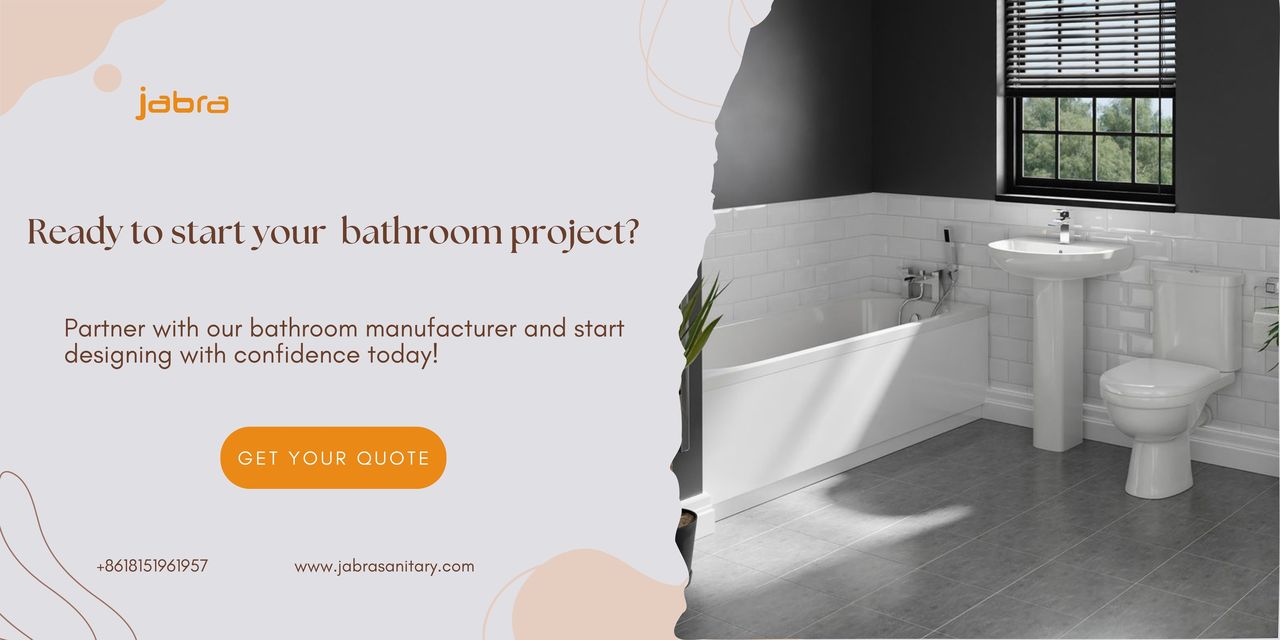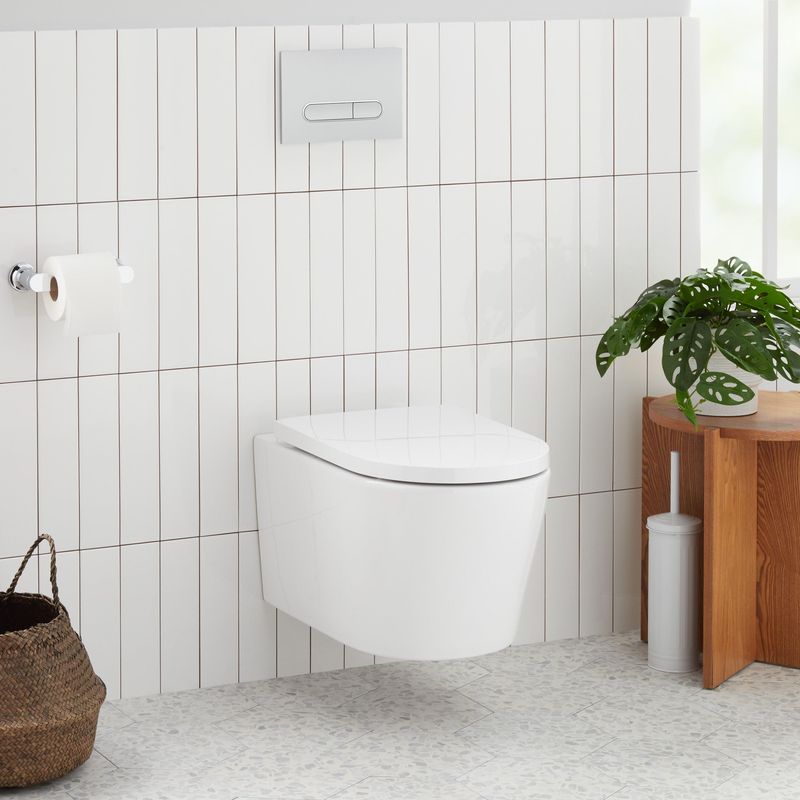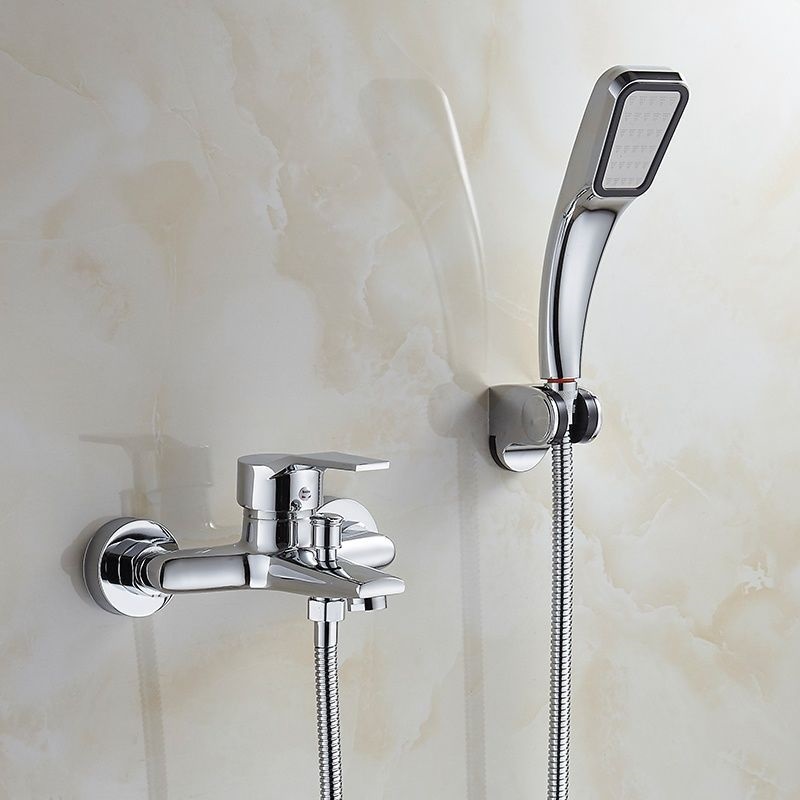 English
English
Jabra Sanitary is a sanitaryware supplier offering toilets, sinks, faucets, bathtubs, etc., at competitive prices. If you're a distributor, wholesaler, or project contractor, get a quote today!
 $23.9 Limited-time Offer
$23.9 Limited-time Offer Consignment Policy
Consignment Policy 20 Years of Experience
20 Years of Experience
When designing or renovating a bathroom, choosing the right sink is an important decision. One option that's been gaining popularity in recent years is the vessel sink. However, as with any design choice, there are both vessel sink pros and cons to consider.
So, is it worth buying a vessel sink for your bathroom? We will give you the answer.
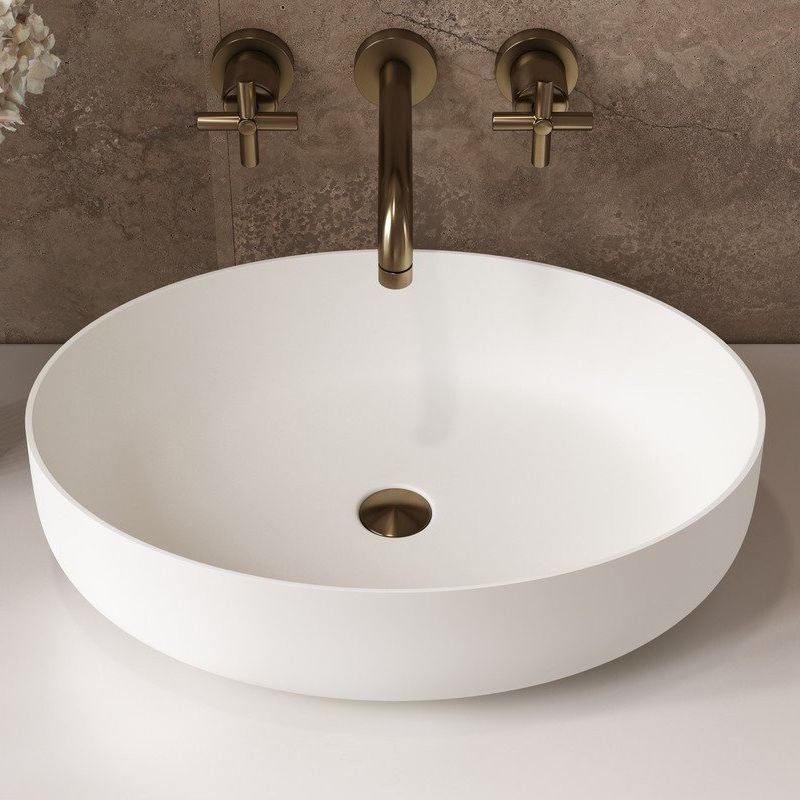
Table of Contents
What Are Vessel Sinks?
The Pros of a Vessel Sink
The Cons of a Vessel Sink
Is it Worth to Buy a Vessel Sink?
Vessel Sink vs Undermount Sink: The Comparison
Professional Advice for Buying Vessel Sinks
Maintenance Tips: How to Care for Vessel Bathroom Sinks
FAQs
Choose Wisely
What Are Vessel Sinks?
Vessel sinks are freestanding basins that sit atop bathroom vanities. They are available in a variety of materials and shapes, such as bowl, rectangular, or nearly flat designs.
They serve as stylish centerpieces, adding a touch of elegance and sophistication to any bathroom. However, they require separate faucets and typically lack overflow drains.
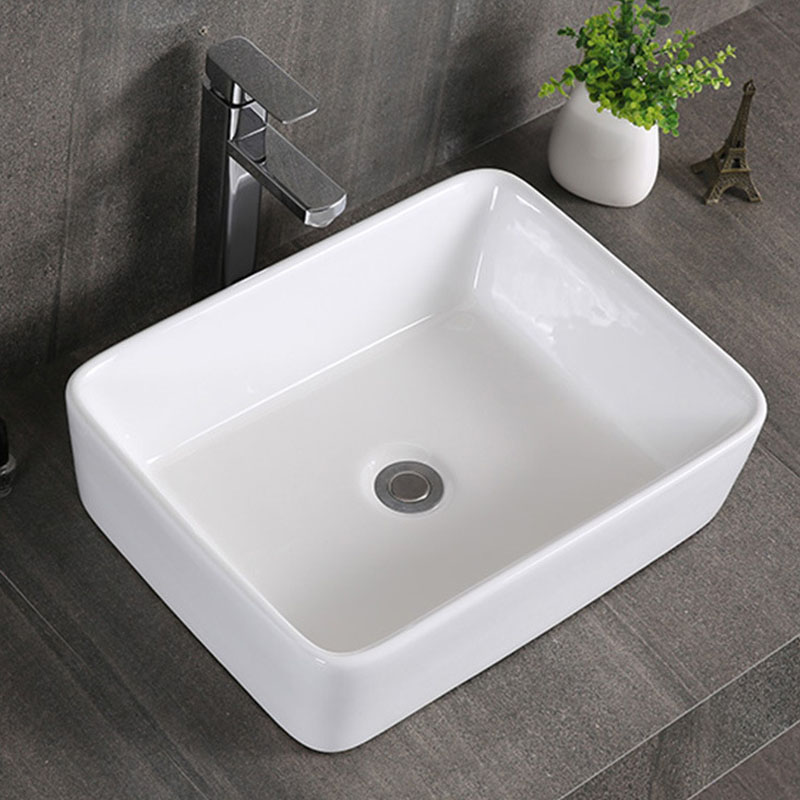 Ads
Ads Modern Lavatory White Porcelain Vessel Sink
Crafted with nano-coating technology, this white porcelain vessel sink features an ultra-smooth surface that resists dirt and grime, ensuring your sink stays cleaner for longer.
The Pros of a Vessel Sink
Vessel sinks not only elevate bathroom aesthetics but also offer practical advantages. Below are some of the key pros that make them a popular choice for many homeowners:
Stylish Design
Vessel sinks are undeniably aesthetic and are often considered a statement piece in modern bathrooms. Their unique above-counter design creates a focal point that adds a sense of luxury and style.
Whether you prefer a minimalist design or something more intricate, there are vessel sinks available in various materials and shapes, making it easy to find one that matches your taste.
Space Saving
Since vessel sinks are installed on top of the counter, they do not require a large cut-out, leaving more counter space for other items.
This is particularly useful in smaller bathrooms or in spaces where every inch of counter space counts. You can use the area around the sink for storage or decoration without feeling cramped.
Versatile Options
Vessel sinks come in a wide range of sizes, materials, and styles, giving you plenty of choices to fit your bathroom's aesthetic.
From elegant glass designs to rustic stone options, there's a vessel sink for virtually every design style. They can be installed in bathrooms of any size, making them a versatile option for almost any space.
Customization Options
One of the most appealing features of vessel sinks is their customizability. Many manufacturers offer a wide array of colors, shapes, and finishes. You can even have them personalized with a specific material or finish to fit your bathroom's unique design.
This flexibility allows you to create a bathroom that feels truly unique.
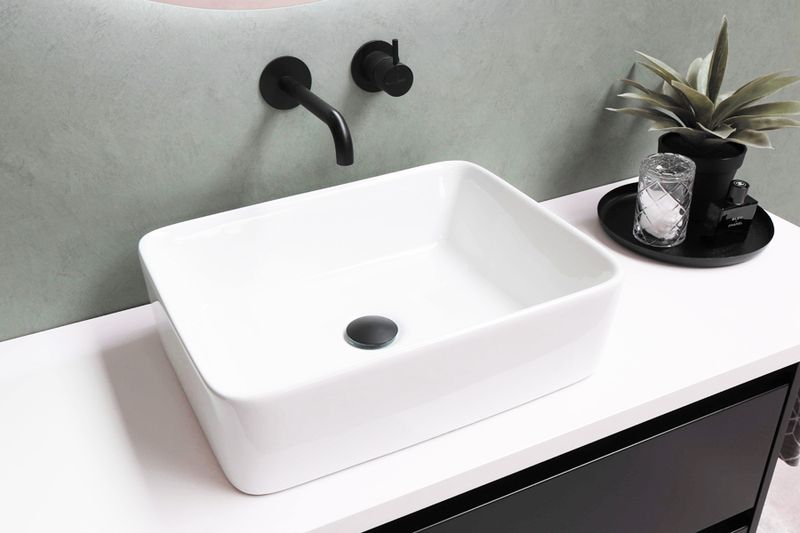
More Ergonomic
Vessel sinks are generally higher than traditional sinks, which can make them more comfortable to use. The raised design means you don't have to bend down as much to wash your hands or face.
This can be especially helpful for individuals who have back issues or those who simply prefer an easier, more ergonomic height.
Easy Installation and Replacement
Compared to some other sink designs, vessel sinks are relatively easy to install. They typically don't require any special under-counter adjustments, and most models can be mounted using standard plumbing fixtures.
If you're looking for a quick upgrade or replacement, vessel sinks can be a straightforward option for your bathroom.
Accessible for Individuals With Mobility Issues
The raised height of a vessel sink makes it more accessible for people with mobility challenges. Those who use wheelchairs or walkers may find it easier to access the sink.
This added accessibility can make a big difference in ensuring the bathroom is user-friendly for everyone in the household.
The Cons of a Vessel Sink
While vessel sinks offer numerous advantages, it's important to consider their downsides before making a purchase. Here are some of the main vessel bathroom sink cons to keep in mind:
High Cost
One of the first things you might notice when looking at vessel sinks is their price. Compared to traditional sinks, they can be significantly more expensive.
The materials used in vessel sinks, such as high-quality ceramic, glass, or stone, contribute to their higher cost.
Additionally, custom designs and premium finishes can drive the price even higher. So, if you're on a tight budget, this might not be the best option for you.
Splashing
Due to the raised design of vessel sinks, water can splash more easily than with under-mount sinks. This can lead to water stains on your countertop, making cleanup a bit more frequent.
If you don't like having to wipe down surfaces regularly, you may find this a bit inconvenient.
Cleaning Difficulty
Vessel sinks tend to have higher maintenance needs. Because of their exposed nature and wide, open design, water spots, and soap scum can build up more easily than on other sink types.
The outer edges of the vessel can also be tricky to clean, requiring more attention to detail. Routine cleaning is necessary to maintain the sink's appearance and keep it free of stains, but this can be time-consuming.
Limited Counter Space
Since vessel sinks sit on top of the countertop, they can reduce counter space. This might not be a problem for smaller bathrooms where space is limited.
But in larger spaces, you may find that your countertop area feels cramped, especially if you need to store toiletries, cosmetics, or other bathroom items. You'll need to factor in the loss of usable space when deciding if a vessel sink fits with your overall bathroom design.
Potential for Damage
Vessel sinks are often more vulnerable to damage than traditional sinks, especially if they are made of fragile materials like glass or ceramic.
They can chip, crack, or break if they are subjected to hard knocks or sudden impacts. This is something to consider if you have a busy household or expect high traffic in the bathroom. Proper installation and care can help minimize this risk.
Not All Taps Are Suitable
Not every faucet is ideal for vessel sinks. Faucets designed for vessel sinks typically have taller spouts to accommodate the raised nature of the sink. If you're looking to pair your vessel sink with a standard faucet, you may face issues with the water flow or position.
May Be Challenging for Kids to Access
Vessel sinks sit at a higher level compared to traditional sinks, which may make them difficult for younger children or shorter individuals to use comfortably. The added height can make it harder for kids to wash their hands or brush their teeth independently.
Need Proper Installation to Avoid Stability Issues
Finally, one of the most critical cons of vessel sinks is that they require proper installation to avoid stability issues.
If not installed correctly, they can wobble or even become detached from the countertop. It's essential to ensure that the sink is securely mounted and that there is adequate support underneath to avoid potential accidents or damage.
Is it Worth to Buy a Vessel Sink?
Now that we've explored the pros and cons of vessel sinks, the big question remains: Is it worth buying a vessel sink for your bathroom? To help you decide, let's break down the key factors that will influence your decision:
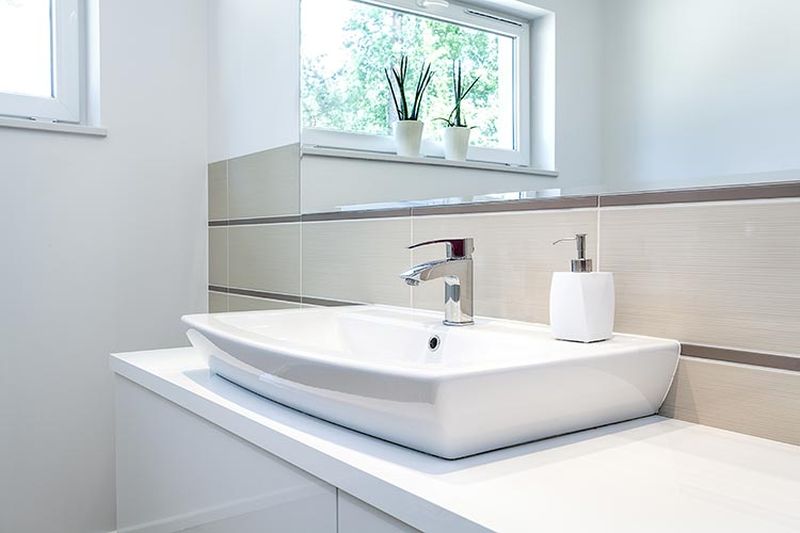
Counter Space Considerations
One of the most important things to think about before purchasing a vessel sink is how much counter space you have. Vessel sinks sit above the countertop, which can reduce the amount of available surface area. If you have a small bathroom or limited counter space, this could be a dealbreaker.
Additionally, floor height restrictions and ventilation conditions are worth considering, as they may affect the drying speed of joints and the overall installation process. In some cases, a larger sink might interfere with the countertop's usability.
How You Will Use It
Another thing to consider is how often the sink will be used and who will be using it. For high-frequency use spaces, such as public restrooms or family bathrooms, you may want to factor in the long-term maintenance costs. Vessel sinks can require more frequent cleaning and care due to splashing and soap scum buildup.
If you are designing a space for special user groups, such as the elderly or people with disabilities, the ergonomics of a vessel sink might be a concern. While vessel sinks can be more ergonomic in some ways, they might not be the best choice for everyone.
Your Budget
As we discussed earlier, vessel sinks tend to be on the pricier side. So, before making your decision, consider your budget. Beyond the initial purchase price, there are other ongoing costs to consider, such as the replacement of sealants or premium installation costs.
High-end vessel sinks made of materials like glass or natural stone can be particularly expensive. Premium designs or customized styles will also add to the cost.
Cleaning and Maintenance
Vessel sinks can sometimes be harder to clean and maintain than traditional sinks. You'll need to set aside time for regular deep cleanings, as water spots and soap scum can accumulate easily.
If you prefer a low-maintenance option or are simply not keen on cleaning frequently, a vessel sink might not be ideal.
It's also important to note that the material of the vessel sink will affect its cleaning difficulty coefficient. Glass or ceramic sinks may require more effort than porcelain or stainless steel varieties.
Durability and Longevity
Lastly, consider the durability and longevity of your vessel sink. Premium materials like granite, marble, or glass may be more durable.
But they can still be vulnerable to damage like chips, cracks, or scratches. While a vessel sink may last for years if properly maintained, it's important to factor in the potential for damage, especially in high-traffic bathrooms.
Also, be sure to check the warranty or service life that comes with your sink to better gauge how long you can expect it to last.
So, is it worth buying a vessel sink? If you love aesthetics, don't mind a little extra cleaning, and have the space for it, a vessel sink can be a great choice. However, if budget constraints, maintenance requirements, or counter space are concerns, you might want to explore other sink options.
Vessel Sink vs Undermount Sink: The Comparison
When deciding between a vessel sink and an undermount sink, it's important to understand the differences in design, functionality, and maintenance needs. Let's compare them in various categories to help you make an informed decision:
Feature |
Vessel Sink |
Undermount Sink |
|---|---|---|
Design & Aesthetics |
The vessel sink sits above the countertop, offering a bold, modern design. It's often seen as a statement piece and can come in materials like glass, ceramic, and stone. |
The undermount sink is installed beneath the countertop, providing a sleek, minimalist look. It integrates seamlessly with the countertop for a more subtle appearance. |
Countertop Space |
Vessel sinks sit on top of the countertop, reducing available space. This might be an issue in small bathrooms, although compact options are available. |
Undermount sinks don't take up extra space on the countertop, making them a better option for those who need more surface area. |
Cleaning & Maintenance |
Vessel sinks require more frequent cleaning due to water spots and soap scum buildup on the exposed edges. However, the open design allows for easy access to the interior. |
Undermount sinks are easier to clean because there are no rims to trap dirt or grime. Water flows directly into the sink, and there are no exposed edges. |
Durability |
Vessel sinks made from glass or ceramic can be prone to cracking or chipping, especially in high-traffic areas. |
Undermount sinks, especially those made of stainless steel or porcelain, tend to be more durable and long-lasting with minimal risk of damage. |
Installation |
Vessel sinks are easier to install since they sit on top of the countertop, though proper sealing and faucet alignment are crucial. |
Undermount sinks require more complex installation, as they must be mounted beneath the countertop. Professional installation is often recommended. |
Cost |
Vessel sinks tend to be more expensive due to their materials, custom designs, and higher installation costs. |
Undermount sinks are typically more affordable, although installation can be costly. Long-term maintenance may also save money. |
Professional Advice for Buying Vessel Sinks
Choosing the right vessel sink involves more than just picking a style you like. To ensure that you make a smart purchase, here are some professional tips to guide you through the buying and installation process:
1. Purchase Tips
When shopping for a vessel sink, you want to make sure that you're investing in a product that's both stylish and durable. Here are a few tips to keep in mind when selecting your sink:
- Recommended Edge Thickness
To avoid cracking or chipping, it's highly recommended to choose a vessel sink with an edge thickness of at least 6mm. This extra thickness helps the sink withstand wear and tear over time, especially if it's made of glass or ceramic materials.
- Choose Self-Cleaning Glaze Material
Many modern vessel sinks are designed with self-cleaning glaze materials, especially for ceramic or stone sinks. These materials are treated to resist stains, water spots, and soap scum, making cleaning easier. This can save you time and effort in maintaining the sink.
2. Installation Tips
Proper installation is crucial for ensuring the long-term stability and functionality of your vessel sink. Here are some key tips to follow during installation:
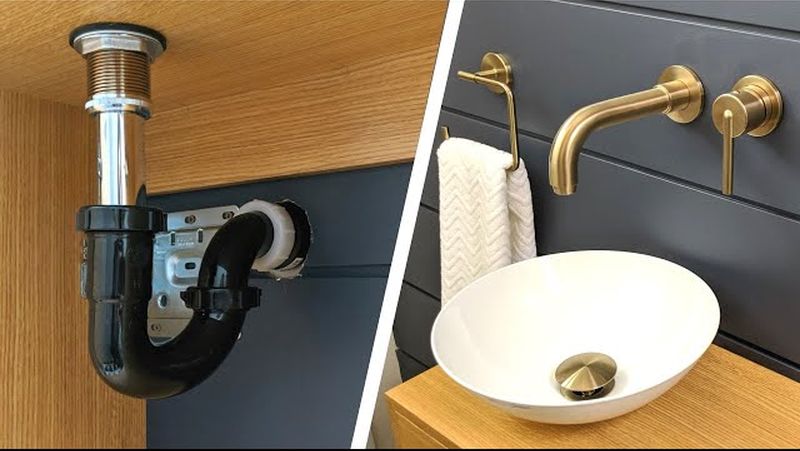
- Buffer Rubber Pads
It's recommended to reserve a 3-5mm gap with buffer rubber pads between the sink and the countertop. This helps prevent cracks and provides better cushioning, especially if the sink is made from fragile materials like glass or stone.
- Use MS Anti-Mildew Glue
For better adhesion and longevity, it's a good idea to use MS anti-mildew glue for sealing.
This type of glue is highly effective in preventing the growth of mildew or mold, which can form in damp environments like bathrooms. It also provides a stronger bond between the sink and countertop, ensuring the sink stays secure over time.
Maintenance Tips: How to Care for Vessel Bathroom Sinks
Maintaining your vessel sink is essential to keep it looking pristine and functioning well over time. Due to their exposed design, vessel sinks are more prone to water spots, soap scum, and grime buildup. Follow these maintenance tips to keep your sink in top condition.
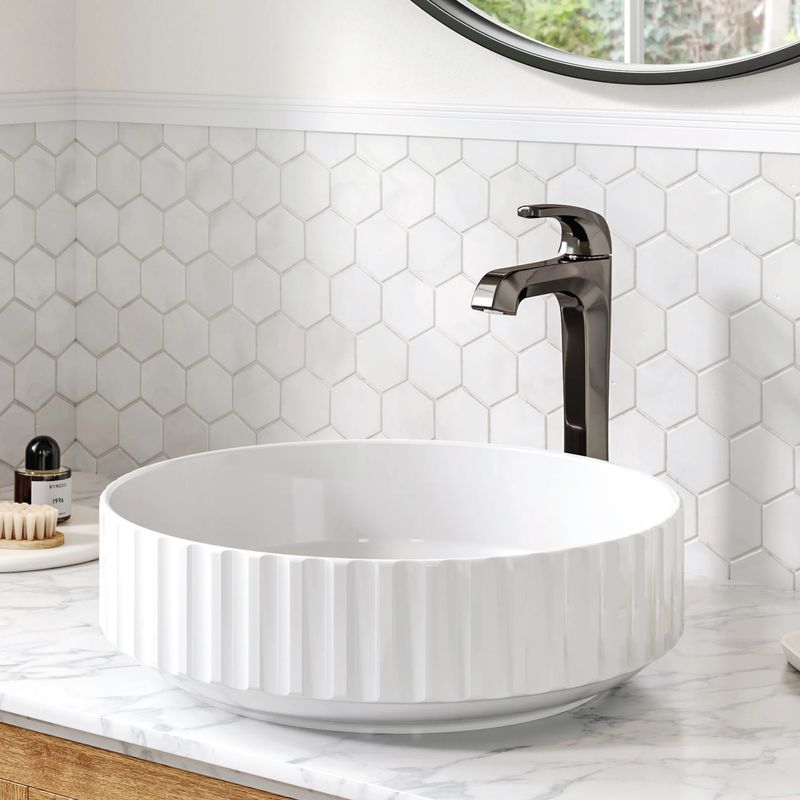
1. Weekly Deep Cleaning
To maintain your vessel sink's appearance, it's important to perform a weekly deep cleaning. Here's how you can clean it properly:
- Use a gentle, non-abrasive cleaner specifically designed for the material of your vessel sink (e.g., glass cleaner, stone cleaner).
- Clean the interior and exterior of the sink, paying attention to the rim and edges where water spots and soap scum tend to accumulate.
- Rinse thoroughly to ensure no cleaning solution is left behind.
- Wipe down with a soft cloth to avoid scratching the surface. Microfiber cloths are a great choice as they are gentle on delicate surfaces.
2. Wipe Water Stains with a Fish Scale Cloth
A fish scale cloth is ideal for wiping down water stains and other residue left on your vessel sink. The cloth's unique texture helps to remove water spots without leaving streaks behind. Here's how you can use it:
- After each use, wipe the sink with a dry fish scale cloth to remove water droplets before they dry and leave stains.
- For deeper stains, use a slightly dampened cloth with a mild cleaning solution. Avoid harsh chemicals that could damage the sink's finish.
FAQs
Below are some of the most frequently asked questions to help you make an informed decision.
1) Are vessel sinks still in style in 2025?
Yes, vessel sinks continue to be a popular choice for modern bathrooms in 2025. Their unique, elevated design and ability to serve as a statement piece make them timeless, especially in bathrooms that prioritize style and individuality.
2) Do vessel sinks need special faucets?
Yes, vessel sinks typically require specialized faucets. Since the sink sits above the countertop, it's important to pair it with a faucet that has a higher spout and extended reach to avoid splashing.
A tall, gooseneck faucet is often the best choice for these sinks, ensuring both function and aesthetics work well together.
3) What height faucet do you need for a vessel sink?
For a vessel sink, you'll generally need a faucet with a height of 8 to 12 inches. This ensures the faucet spout reaches into the bowl of the sink while minimizing splashing. The height of the faucet depends on the height of the vessel sink. So make sure to choose a faucet that complements the sink's design and functionality.
4) What is the most durable material for a vessel sink?
The most durable materials for vessel sinks are stone (such as granite or marble), cast iron, and stainless steel. These materials are known for their strength, longevity, and ability to withstand heavy use.
5) What size sink is best for a 36-inch vanity?
For a 36-inch vanity, a vessel sink that's between 16 to 20 inches in diameter is ideal. This size allows for a balanced look without overwhelming the countertop. It also provides enough space for daily use without compromising the available counter area for other bathroom essentials.
Be sure to measure the available space before making your selection to ensure the sink fits comfortably.
Choose Wisely
Ready to choose a vessel sink? Jabra Sanitary gives you the final tip. We specialize in vessel sink recommendations better than anyone else.
Recommended for:
- Users who value aesthetics: If you're someone who loves bold, eye-catching designs and wants to make a statement in your bathroom, a vessel sink is a great choice.
- Users who are diligent in maintenance: If you don't mind spending a little extra time on cleaning and maintenance, a vessel sink can be a fantastic addition.
- Users who have enough space: Vessel sinks require ample counter space to shine. If your bathroom has sufficient countertop area, a vessel sink will fit seamlessly into your design and provide a functional and stylish feature.
Not recommended for:
- Users who prefer minimalist maintenance: If you're someone who prefers a low-maintenance option, the regular cleaning required for a vessel sink may be a downside.
- Users with limited space: Vessel sinks take up some of the counter space, which can make a smaller bathroom feel cramped. If you have a limited countertop area, you might want to consider other sink types.







